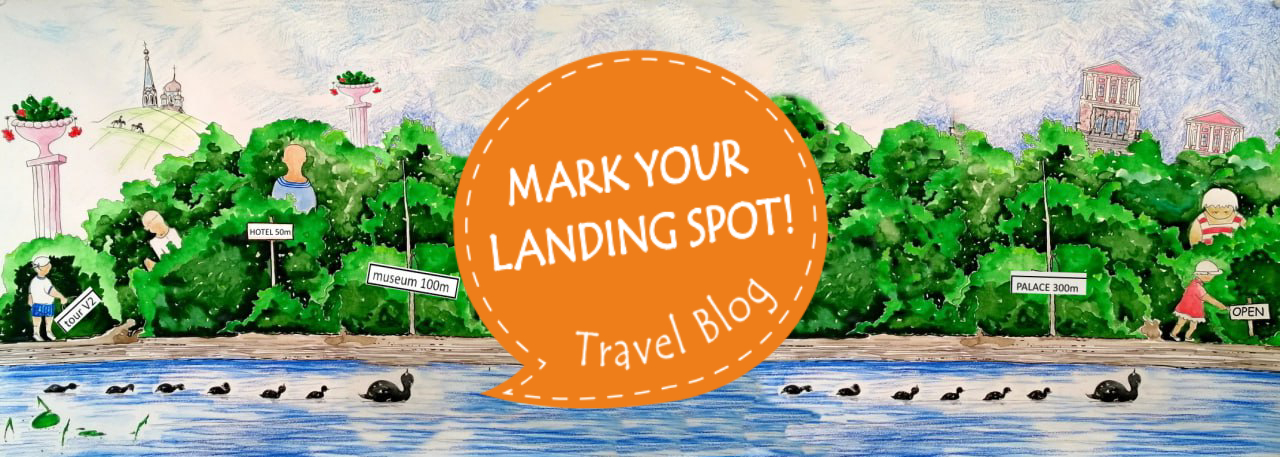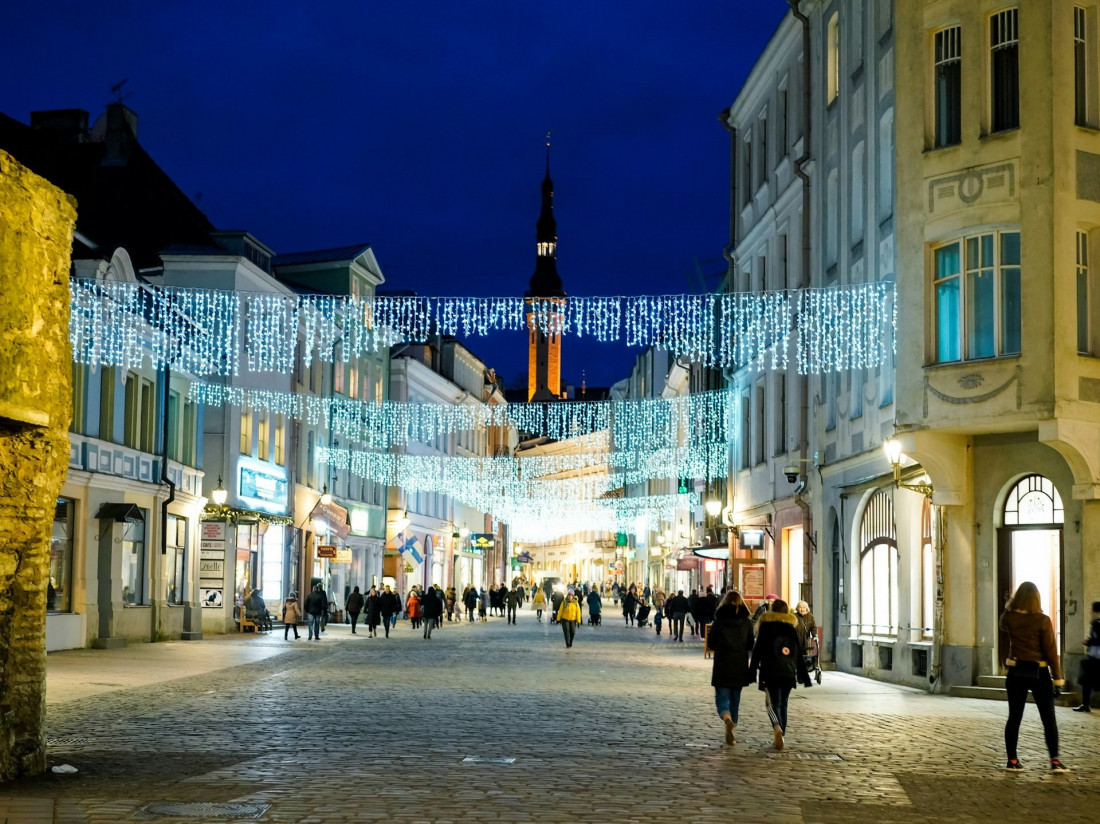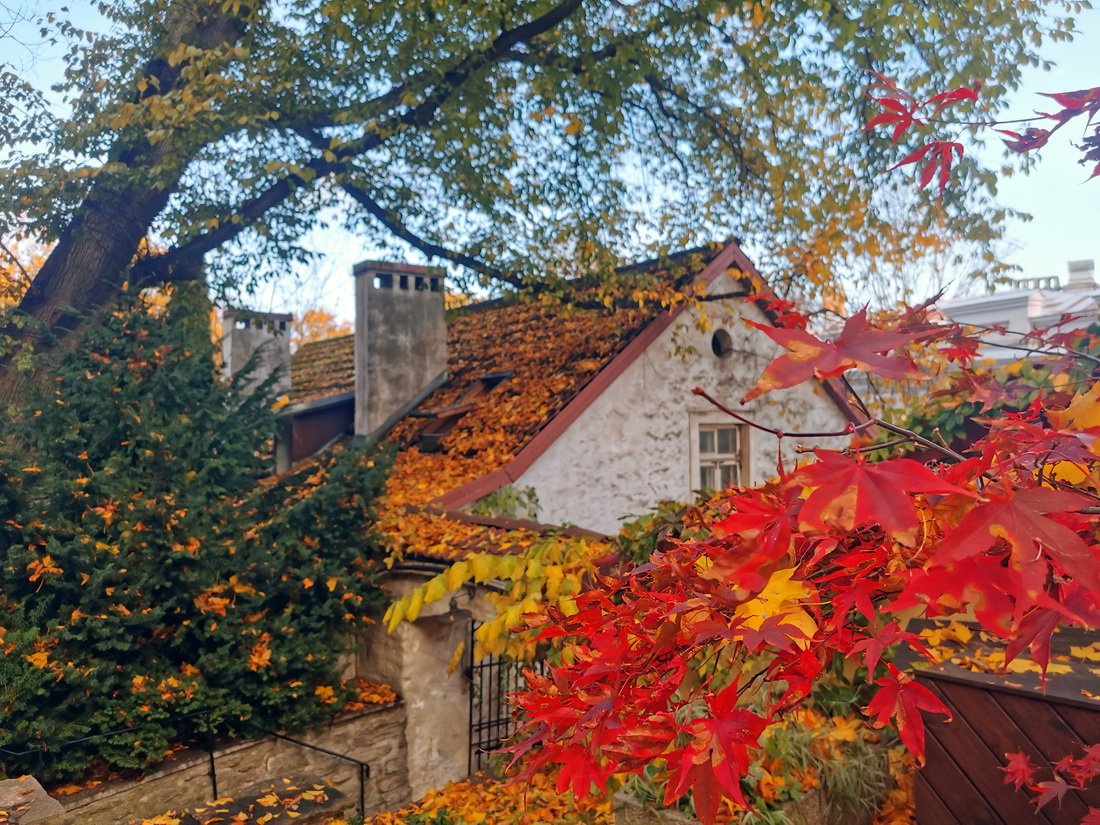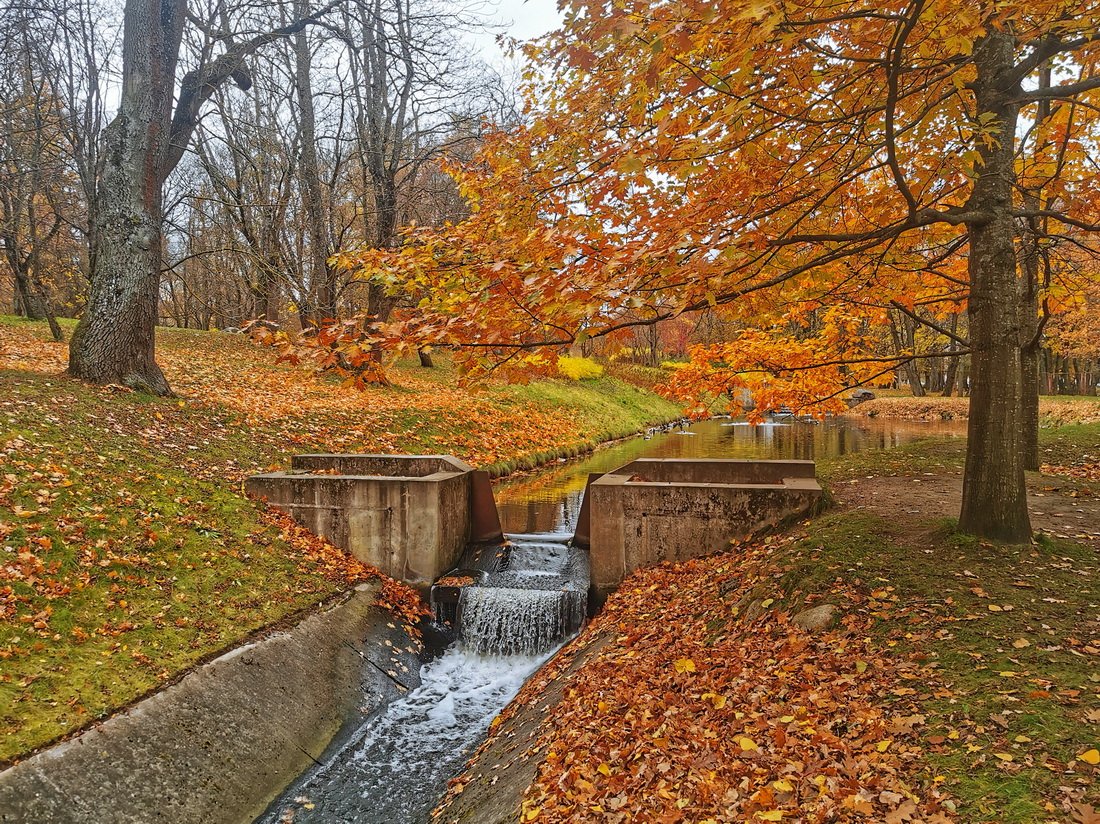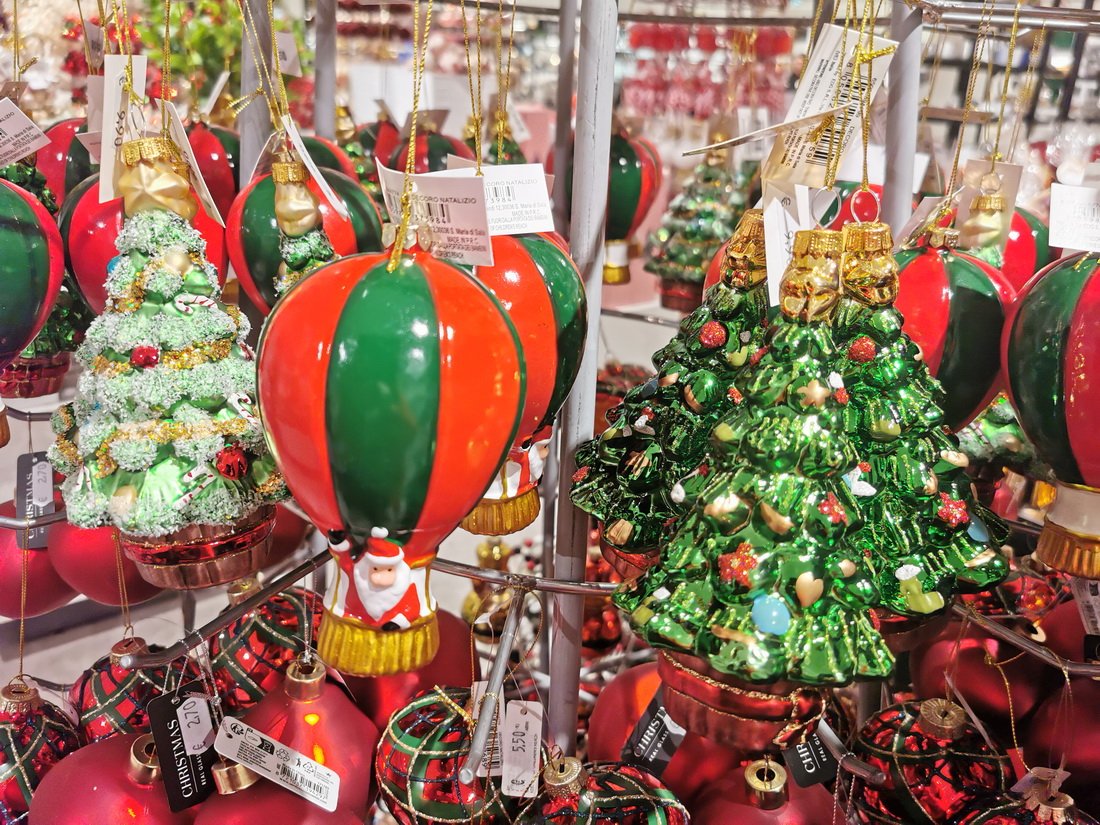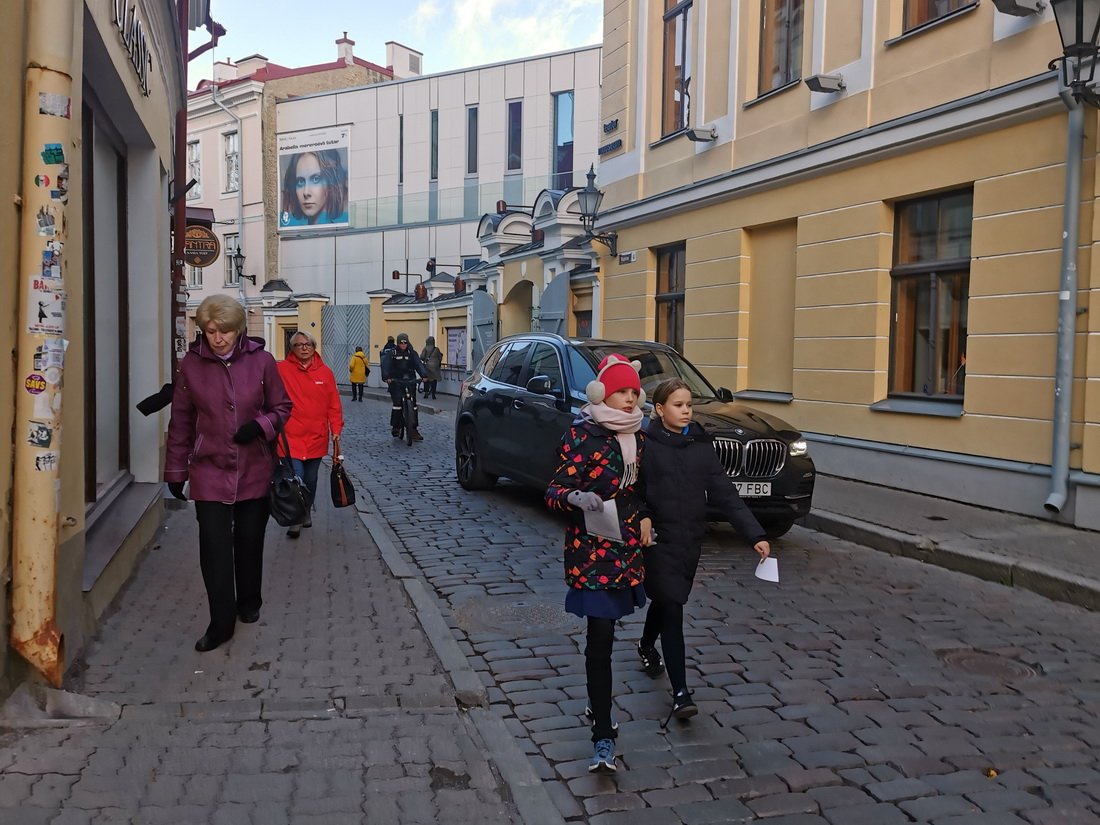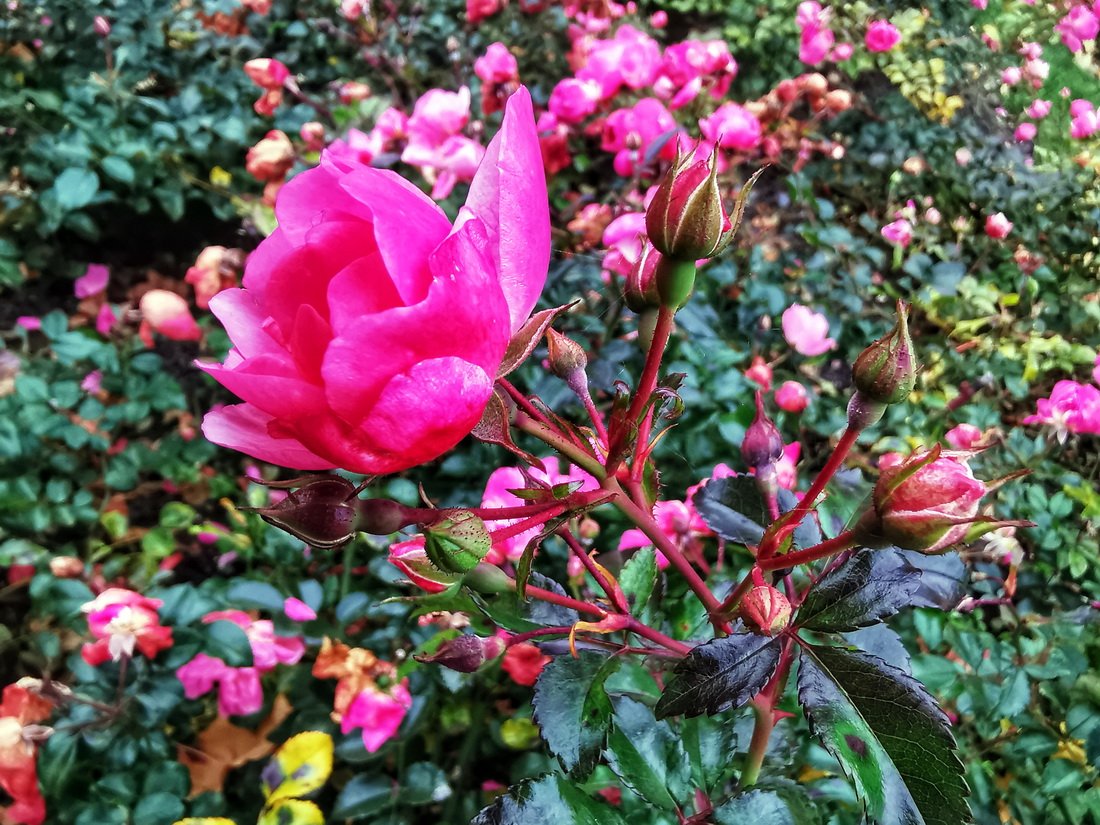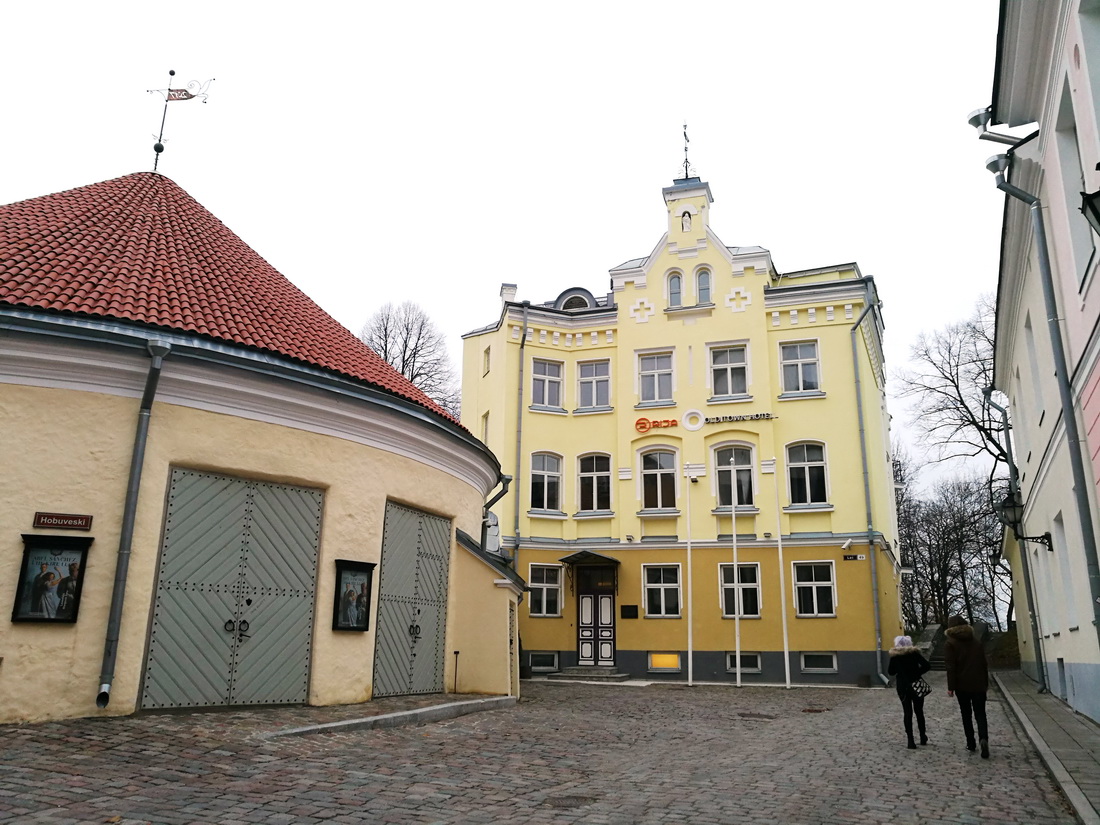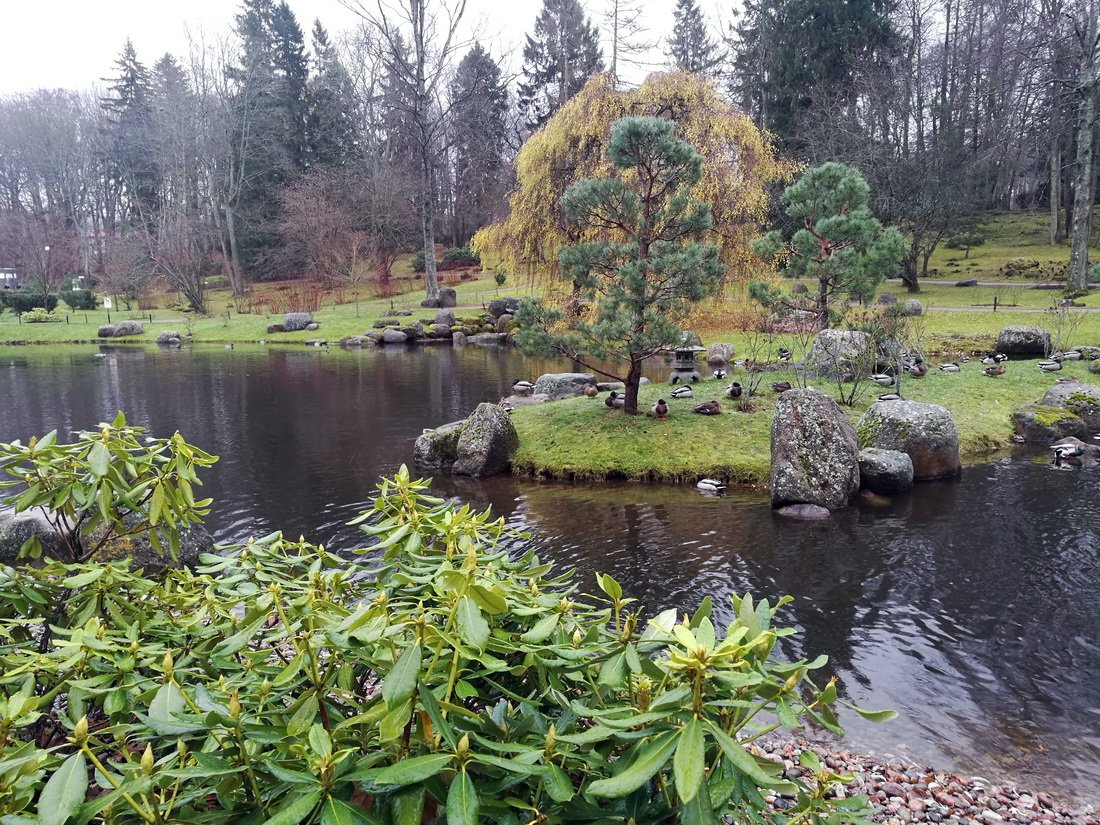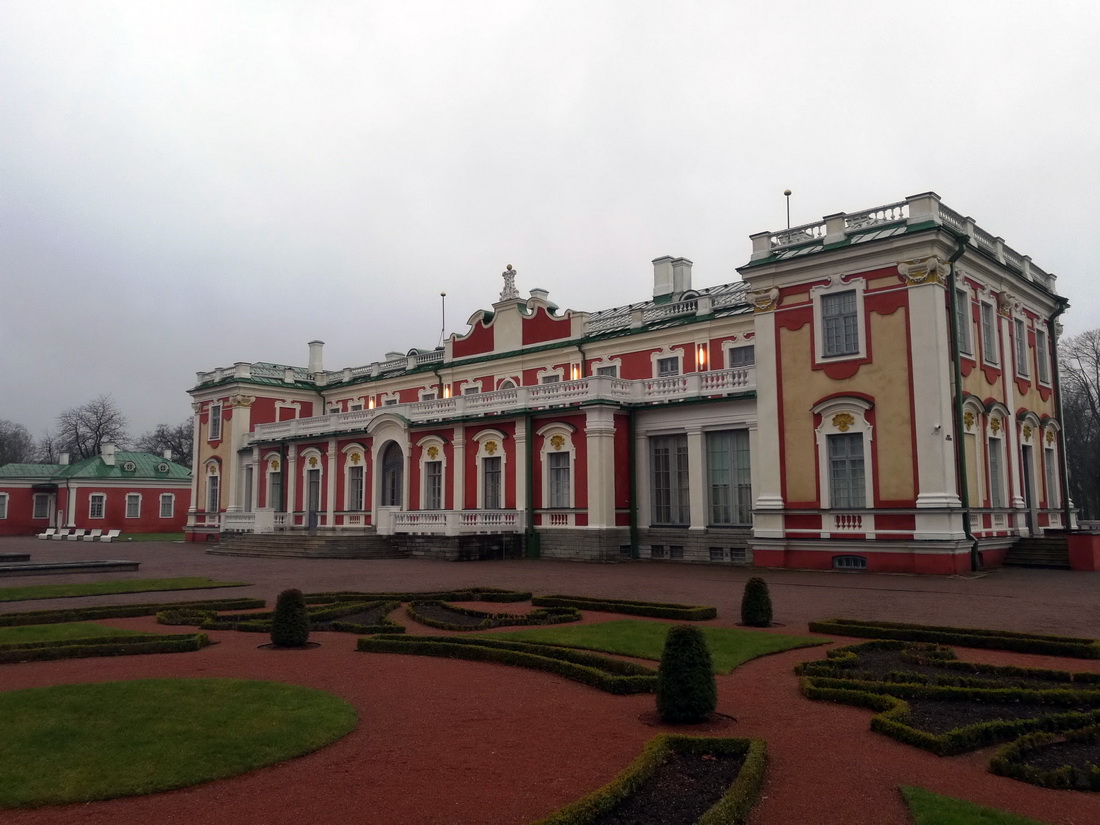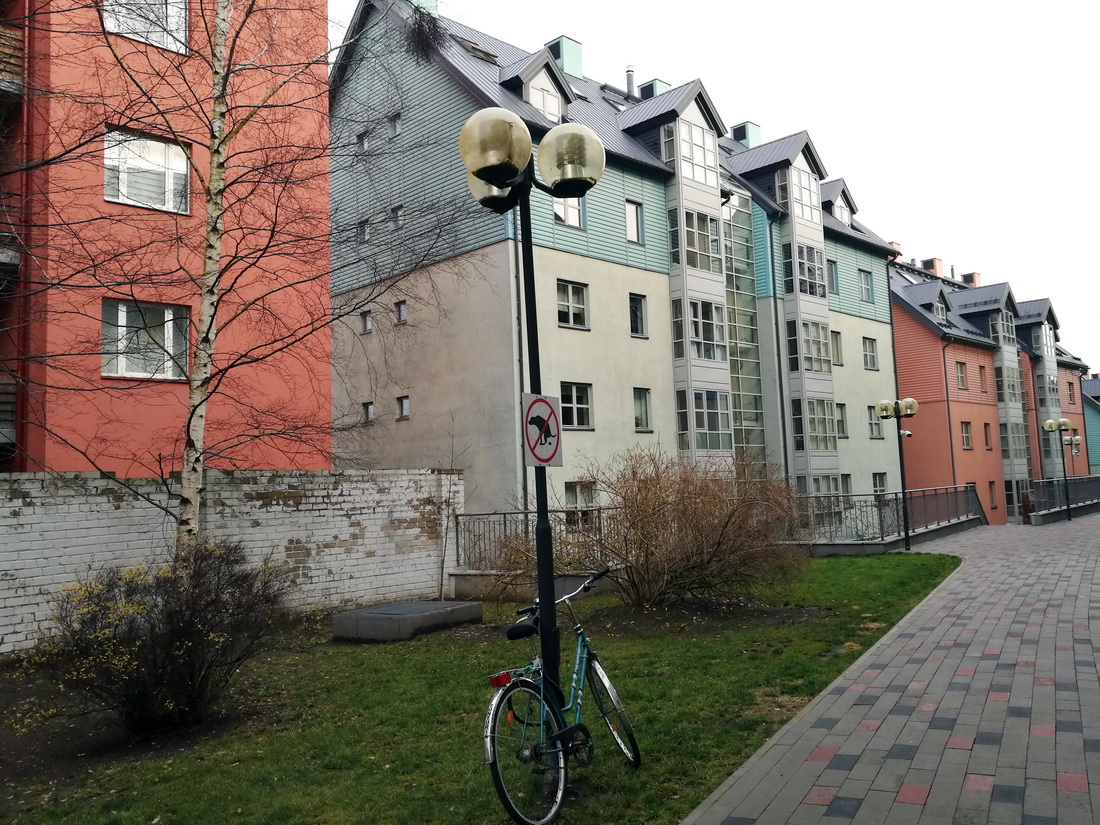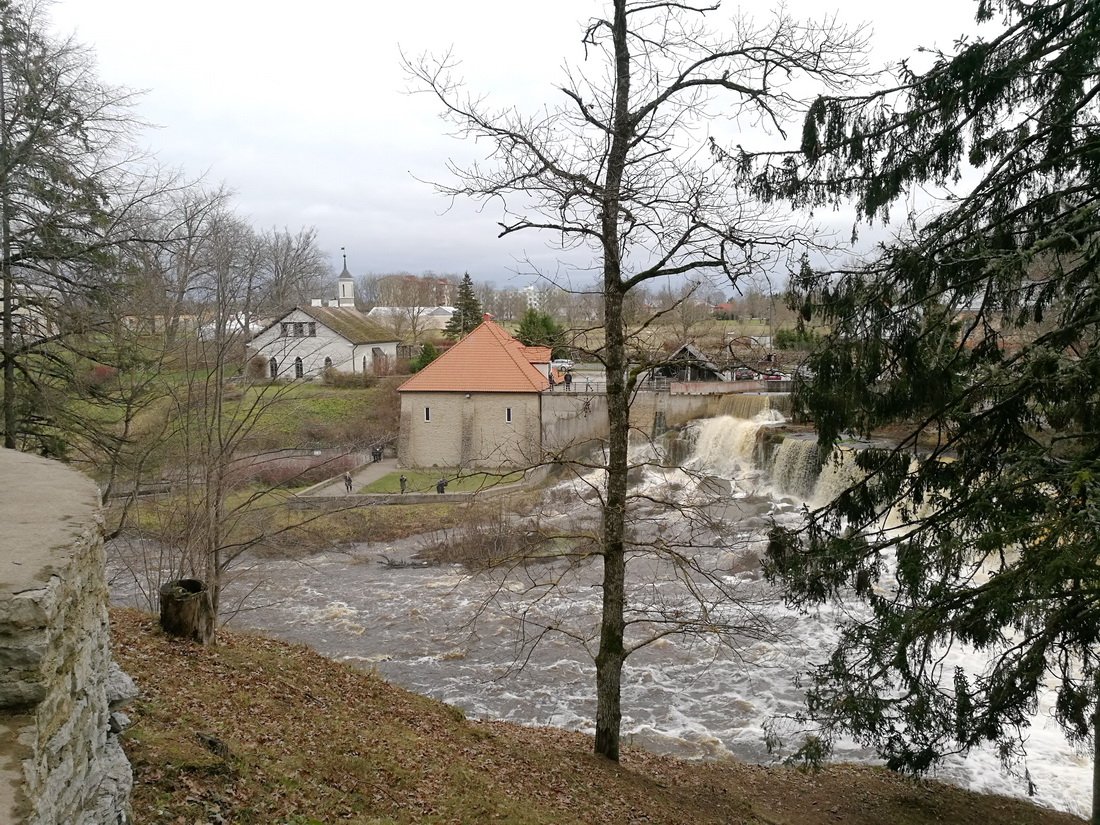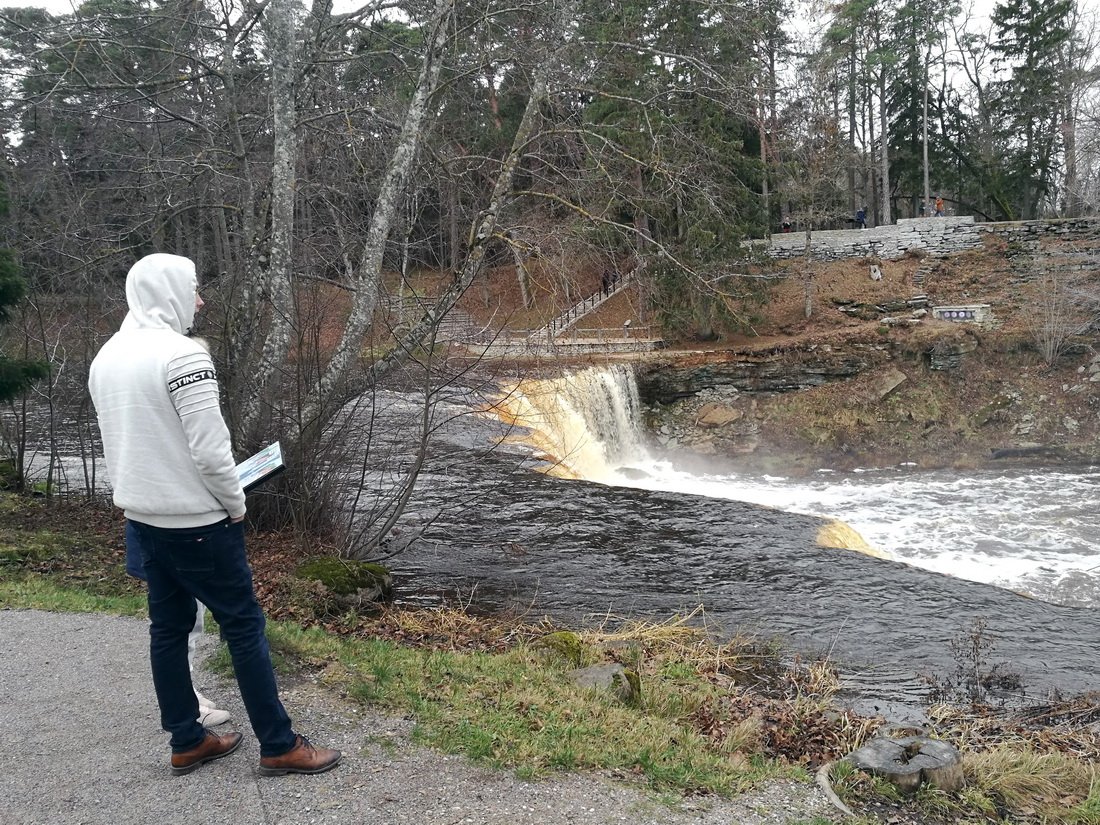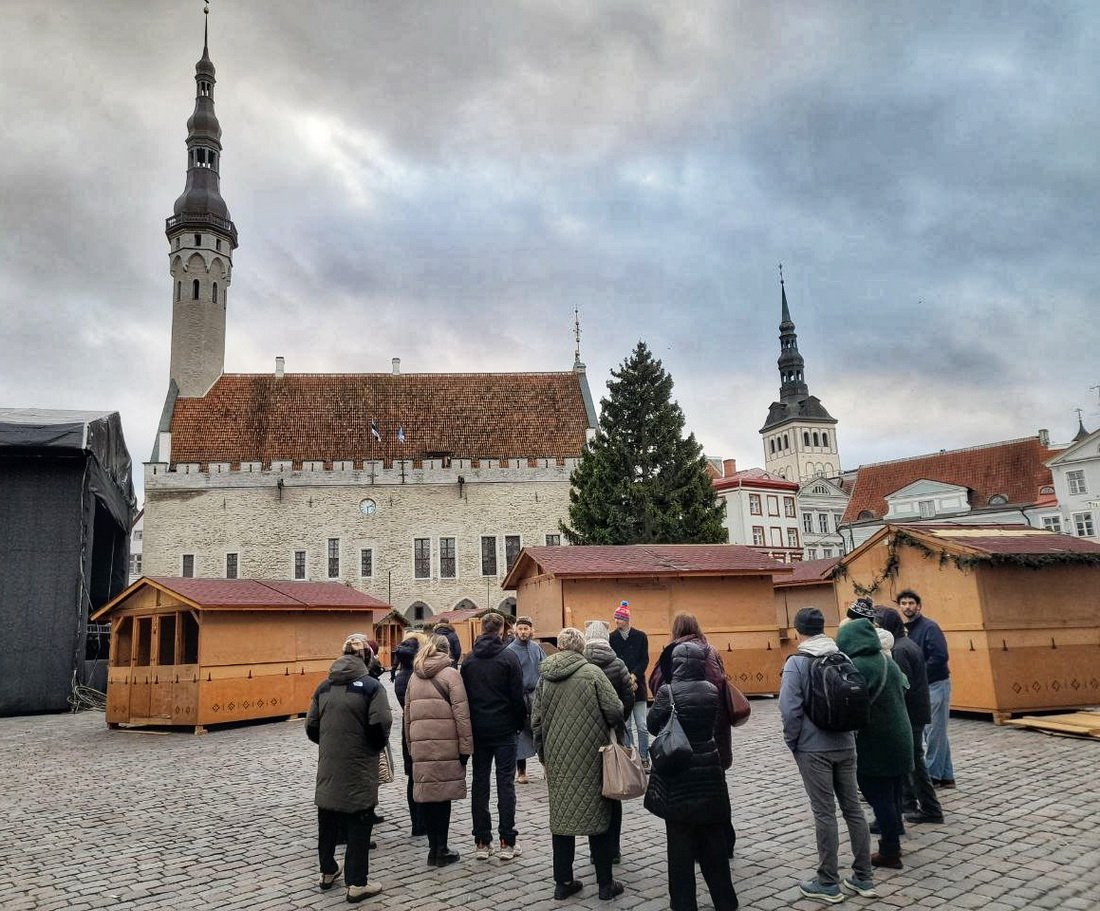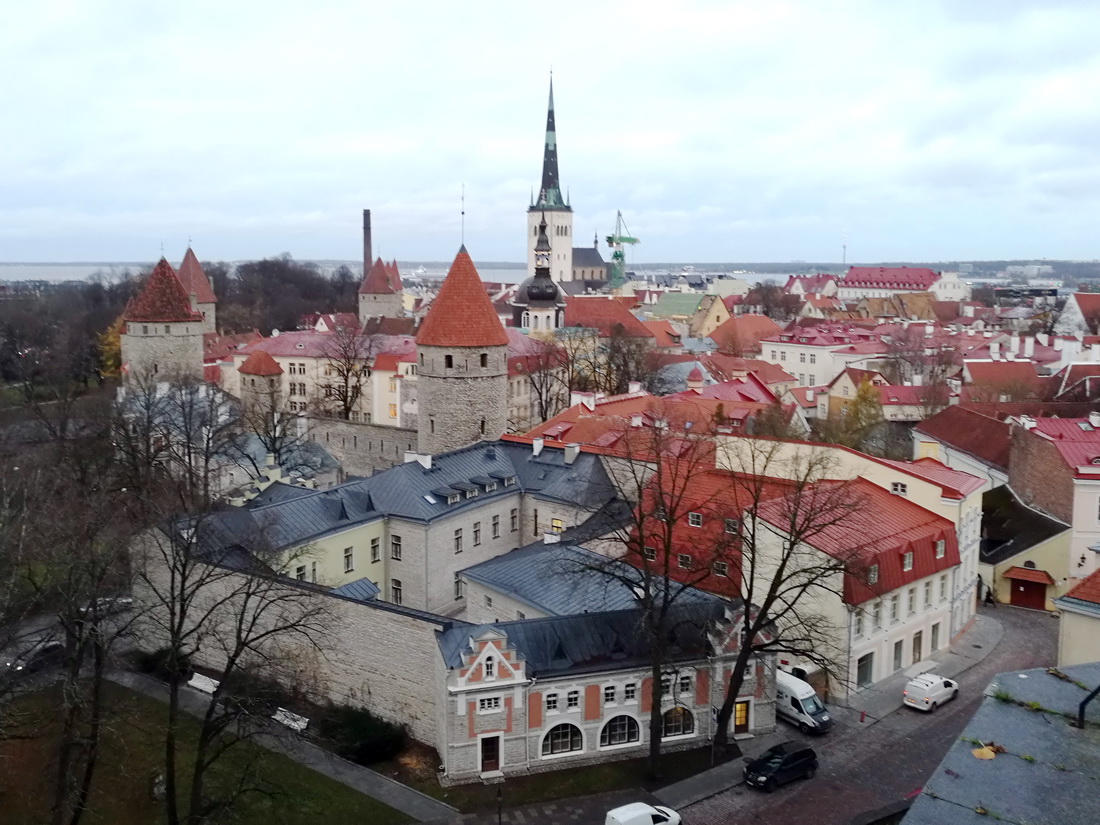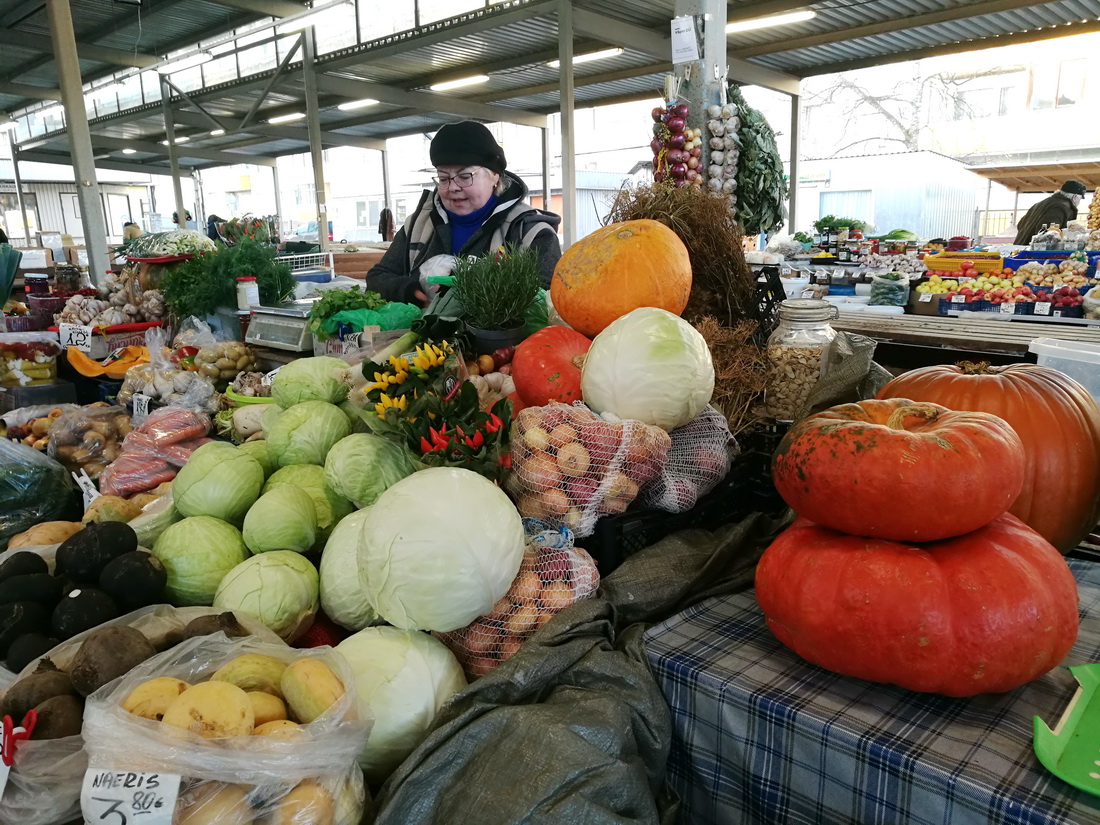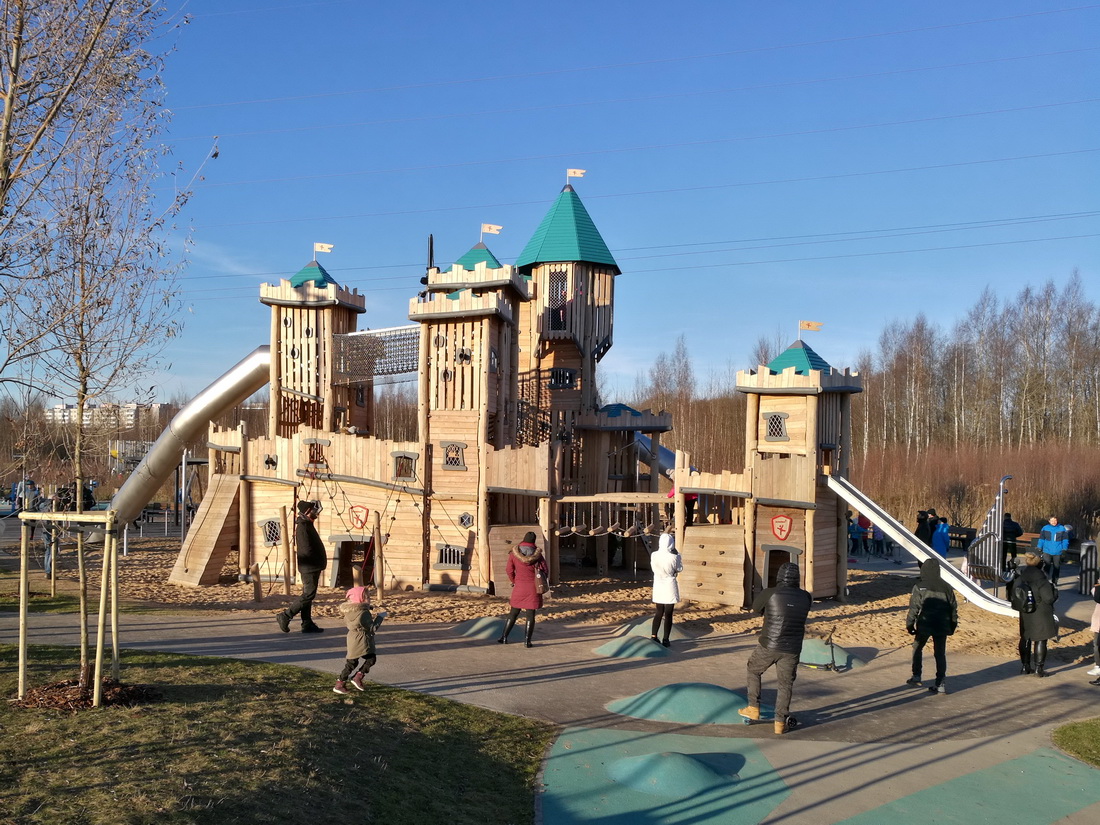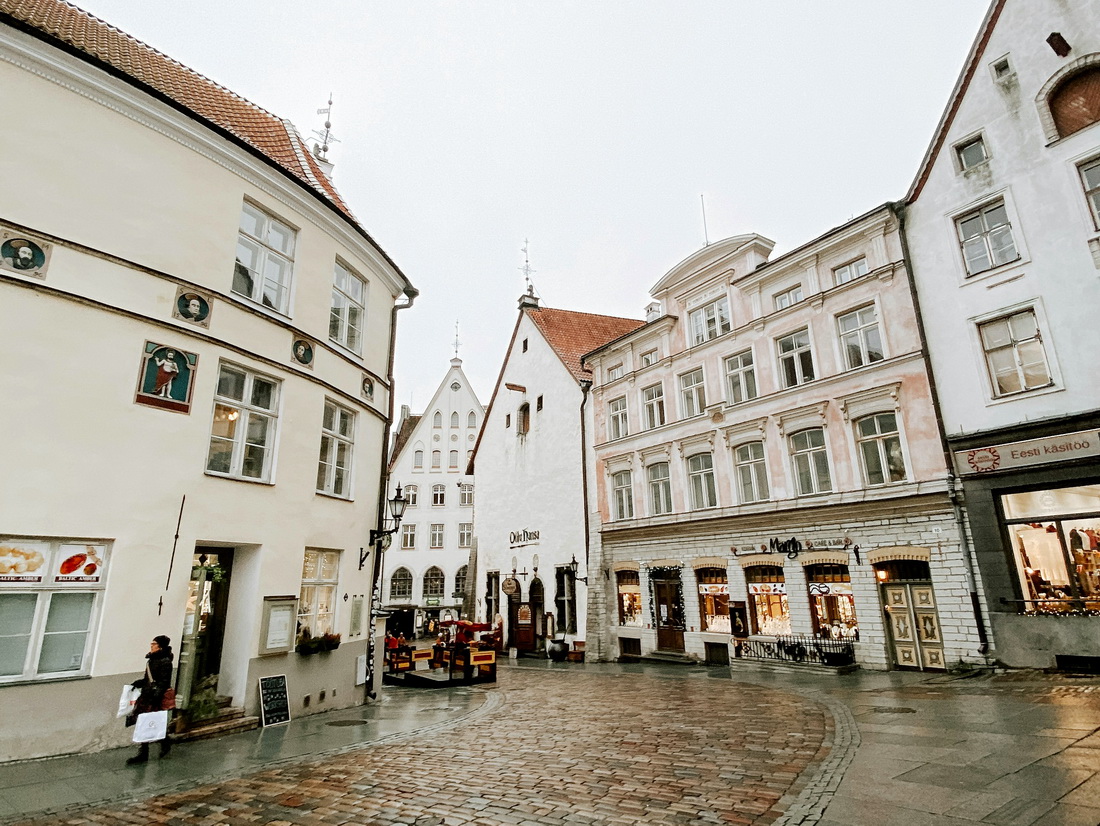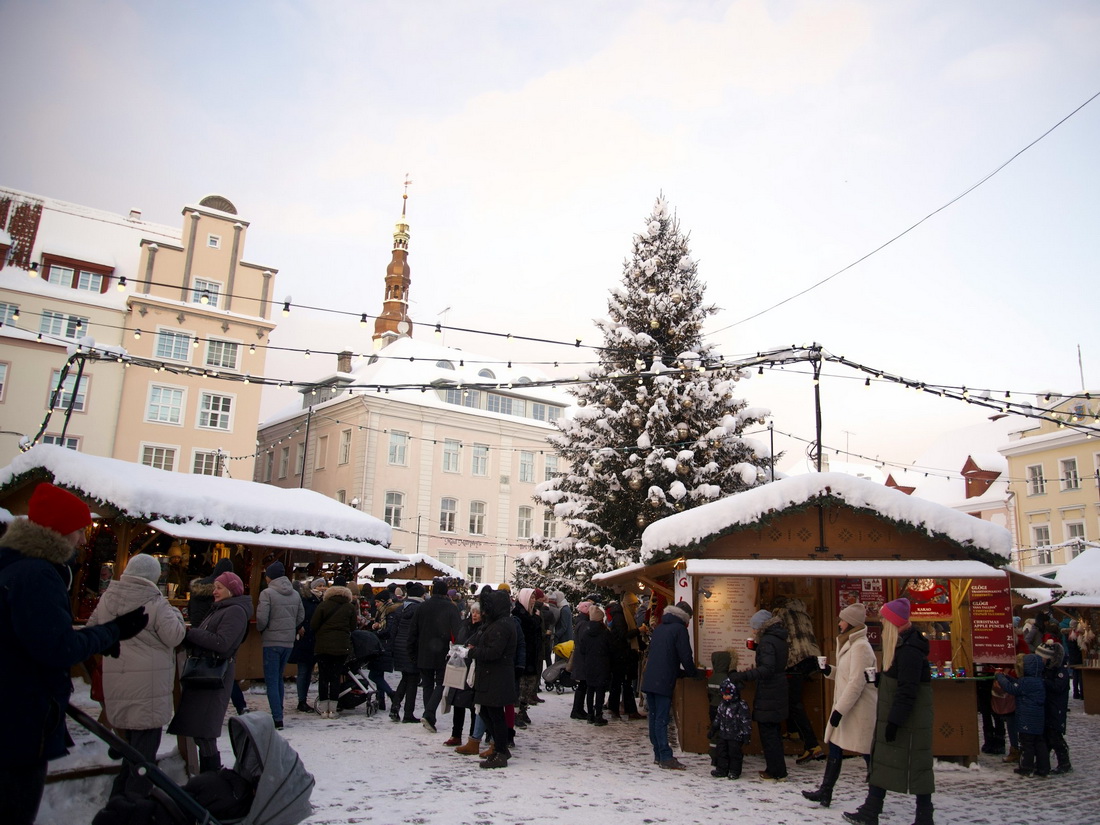I live in Estonia, and every year I notice the same thing: people skip Tallinn in November, assuming it’s too cold or too dark to enjoy.
But November has its own rhythm.
Flights are cheaper, the city feels more local, and there’s a certain stillness you won’t get in summer. Some years bring a light snowfall, but most days it’s mist, rain, or that low golden light around 14:00 that makes the Old Town look like a film set. If you’re after atmosphere over sunshine — this month delivers.
Planning a trip? Don’t miss my full → Tallinn Travel Guide — packed with local tips, hidden spots, and seasonal advice.
Weather • Daylight • What to Wear • Things to Do • Local Traditions • FAQ
What’s the Weather Like in November?
November in Estonia isn’t deep winter yet — but it’s close. You won’t get meters of snow or −20 °C freezes, but you will need layers and waterproof shoes.
Here’s what to expect:
Early November
Still feels like autumn on good days. Daytime highs around +6–10 °C, nights near +2 °C. Some trees still hold onto their golden leaves. In sheltered parks, you might spot a late rose blooming. There’s still green grass here and there, and sometimes a brief ray of sun before the clouds return.
Mid-November
Things shift. More clouds, colder air. Rain becomes more common, sometimes mixed with snow. Daytime highs around +3–5 °C, nights down to −3 °C. Light snow may fall — but usually melts quickly.
Late November
Now it’s cold. Most years, daytime temperatures stay around +1–3 °C, and nights fall to −2–0 °C. Cold snaps are possible — some years bring −10–15 °C, especially overnight. Lately, though, November has been milder.
Wind, especially near the sea, makes it feel colder than it is. Streets start glowing with Christmas lights, and cafés fill with people warming their hands on mugs.
Overall: Expect around 14–17 days of rain or wet snow. But in between, you’ll get calm, misty afternoons — perfect for slow walks, photography, or just watching the city slide into winter mode.
How Dark Does It Get in November?
One thing that surprises many visitors: how early it gets dark.
At the start of the month, sunrise is around 07:45 and sunset by 16:30. By the end of November, sunrise moves to 08:50 — and by 15:30, it’s already getting dim.
Even at midday, the sun stays low. With cloud cover (often the case), the whole day can feel like soft twilight. It’s not depressing — just different. More like the city is lit from the side, not from above.
Local tip: Once it’s dark, pedestrians in Estonia are legally required to wear a reflector — usually a small plastic or fabric tag clipped to your coat or bag. It catches headlights and helps drivers see you.
Reflectors are easy to find (supermarkets, post offices, souvenir shops), cost about €1–2, and most locals wear them all winter. You don’t need one at home, but if you’re near traffic after dark — it’s smart to wear.
What to Wear in Tallinn in November (Yes, You’ll Need Layers)
Short version: Don’t trust the forecast — pack for options.
November in Tallinn can throw everything at you in a single week: sunshine and +7 °C, sideways rain, wet snow, or biting sea wind. If you’re from a warmer country, it might feel like winter already. If you’re used to colder climates, it’s more about damp chill than deep freeze.
Locals know the drill: layers are survival.
What people actually wear:
- Warm coat or insulated jacket — waterproof is ideal
- Base layers — thermal top, long sleeves, or just a T-shirt under a jumper if that’s what you’re used to
- Middle layer — fleece, jumper, hoodie — whatever traps warmth
- Wind protection — scarf, gloves, hat (or a proper hood if you’re not a hat person)
- Sturdy shoes — waterproof, with good grip and preferably lined
You don’t need your thickest parka, but don’t underestimate the wind. Tallinn’s cold isn’t about the number — it’s the damp, sneaky kind that gets into your sleeves when you’re not ready.
Things to Do in Tallinn in November
Tallinn doesn’t go quiet in November — it just slows down and moves indoors. Locals are still out and about, just in warmer coats and cosier places.
Christmas Market (from 21 November)
If you’re visiting in the second half of the month, you’ll catch the very start of the Christmas Market on Town Hall Square.
In 2025, the first stalls open on 21 November — with gingerbread, glögi (Estonian mulled wine), wool socks, wooden toys. The Christmas tree is already standing in November, but its lights are officially switched on during the first Sunday of Advent (the Sunday that falls four weeks before Christmas). That’s usually late November or very early December.
Early Decorations and Holiday Shops
By mid-November, most shops and streets are already dressed for the holidays.
Big department stores like Kaubamaja — a Tallinn classic — start early, selling ornaments and fairy lights from late October. Smaller shops join in gradually.
If you like browsing festive windows or picking up small decorations to take home, November is the calm before the December rush.
Museums and exhibitions
November is museum weather. Some days that means heading to KUMU, Estonia’s main art museum. Other days, it’s the Seaplane Harbour, with submarines, ships, and a hangar so big it makes the storm outside feel far away. Or maybe you’ll find yourself in Niguliste, a quiet church-turned-gallery with centuries-old altarpieces.
Planning to visit more than one place in a day? The Tallinn Card can be worth it — it covers most museums and public transport too.
Theatre, cinema, concerts
Estonians don’t wait for summer to enjoy culture — they just move it indoors.
In November, you’ll find classical music in candlelit churches, modern dance in small theatres, and indie films in cosy cinemas with wool blankets on the seats.
Some of the best venues are tucked inside old buildings, where even the echo feels like part of the show.
Most events are listed on Piletilevi, the main ticket site — and many shows are easy to follow, even if you don’t speak the language.
Cafe hopping
In November, cafés feel less like stops and more like shelters.
The Old Town has the classics — vaulted ceilings, stone walls, soft lighting, and thick slices of cake behind the glass. In Telliskivi and Rotermann, things are more modern: good coffee, design books on the shelves, and the quiet hum of people working or warming up after the wind.
Expect cakes like Pavlova, Beseerull (Estonian meringue roulade with jam), and the ever-present Napoleon, often served in slices so big they’re almost a joke.
Want to see more of Tallinn with a guide? These tours are worth a look:
Local Traditions in November
November has two folk holidays that still show up quietly — not as public events, but in small, unexpected ways.
The first is Mardipäev, followed by Kadripäev. (The word päev means day in Estonian.)
- 10 November — Mardipäev
Children dress in dark, ragged costumes — sometimes with masks — and go door to door singing short rhymes for sweets or coins. It’s rooted in old harvest rituals and symbolizes luck and abundance. - 25 November — Kadripäev
Two weeks later, the mood softens. Kids wear white or light clothes — scarves, dresses, shawls — symbolizing purity and protection for families and animals as winter sets in.
In some schools, it’s still given as homework — so in residential areas, you might hear singing in stairwells. In the Old Town, it’s rare — there aren’t many homes to visit.
You don’t need to do anything as a visitor. But if someone sings at your door, offer a sweet and enjoy the moment.
Is Tallinn Better in Summer?
It depends — and honestly, on the summer itself.
Sure, July and August bring long daylight, festivals, and café terraces. When the weather’s good, it’s great. But that’s not always the case. Estonian summer can mean days of rain and grey skies. I’ve sat through whole weekends of drizzle in August, wrapped in a scarf, surrounded by people who clearly packed for a different trip.
November is more straightforward. You know it’ll be cold. You expect rain or mist. And you get fewer people, cheaper flights, and a city that’s not trying to impress anyone — just being itself.
For some travellers, that’s more than enough.
Quick Answers: Tallinn in November
Does it snow?
Sometimes — but usually light and short-lived. Proper snow is more common in December.
How cold is it?
Most days stay between +6 and 0 °C. With the sea breeze, it often feels colder.
What should I pack?
Waterproof shoes, windproof coat, warm layers, scarf, hat, gloves — the usual cold-weather kit.
Are attractions open?
Yes. Museums, galleries, and cafés are open — and often quieter than in summer.
When is it light enough for photos?
Best between 10.00 and 14.30. By 15.45, it’s already getting dark in late November.
Thinking of coming in December instead? That’s when Tallinn feels more festive — with snow, Christmas lights, and the market in full swing. It’s beautiful, but also colder, darker, and often icy underfoot. I’ve written a separate post about what to expect → Tallinn in December.
How Tallinn Looks in November
Scroll down for photos from different Novembers over the past few years. Some were grey and rainy, others had snow and golden light — the city never looks quite the same twice.
All taken on ordinary days, not curated for the brochure look.
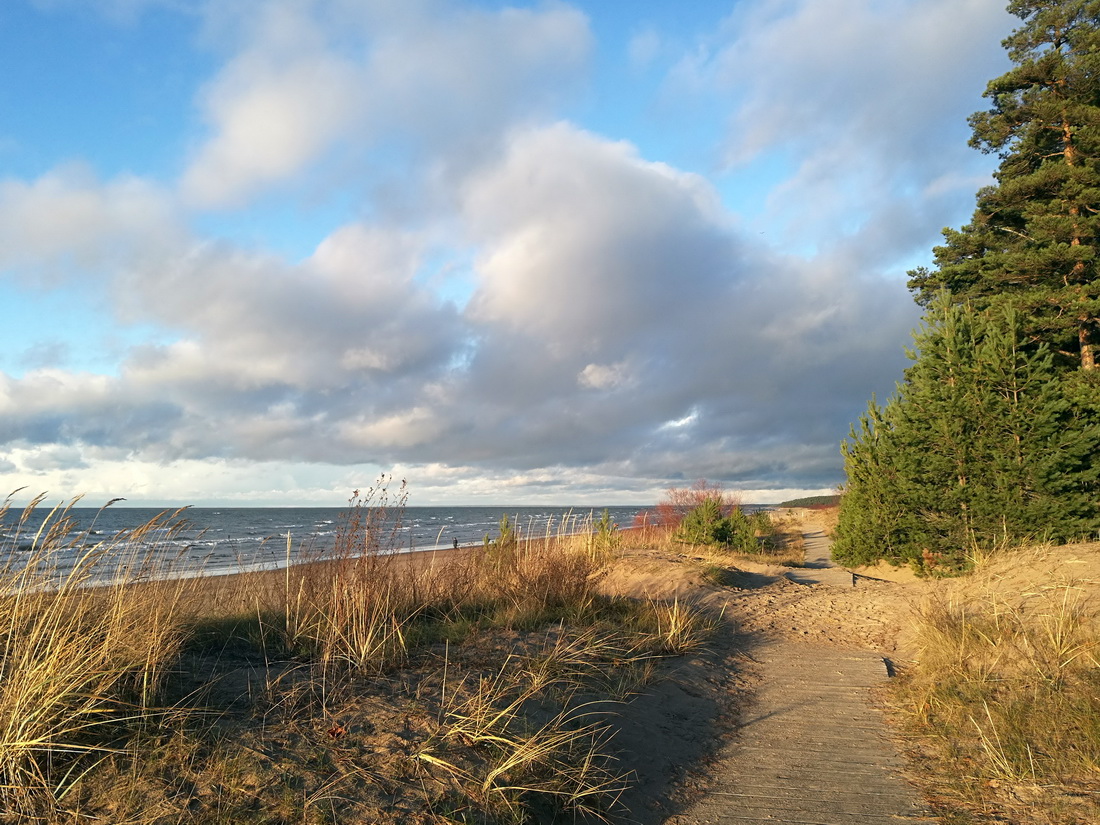
3rd November: On the Gulf of Finland, near Tallinn, capturing the early November atmosphere by the water.
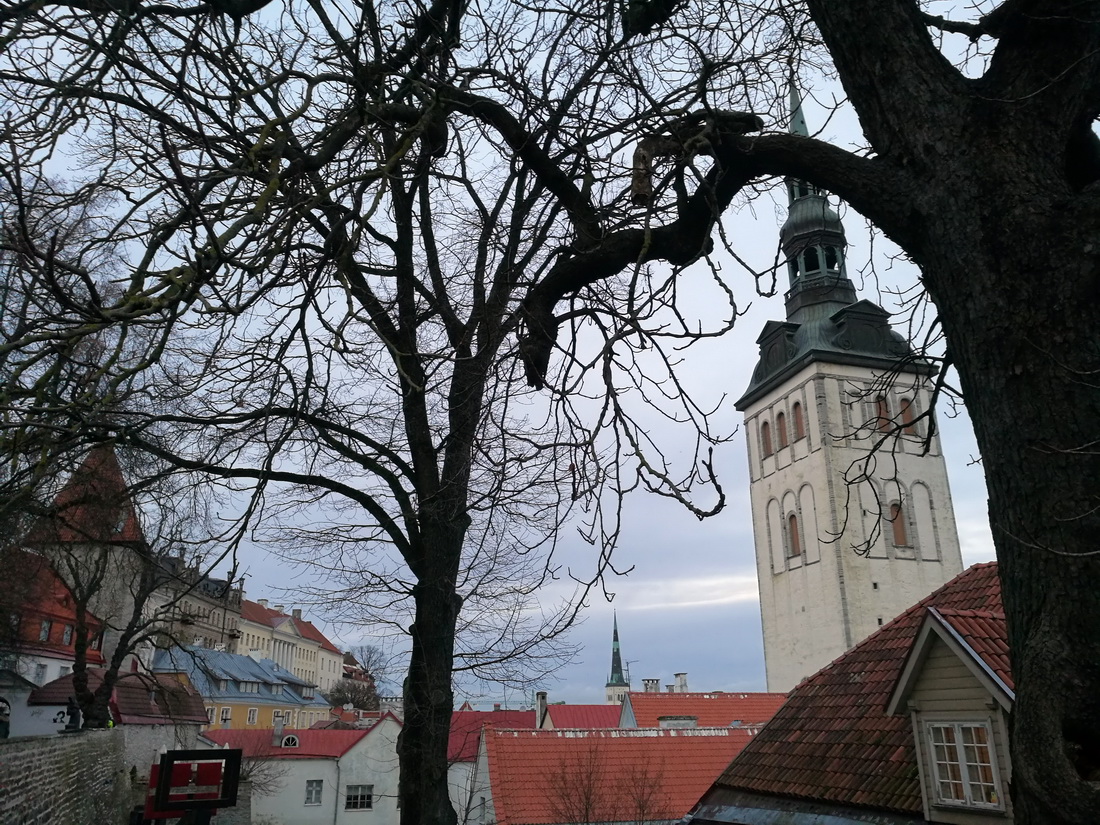
11th November: Bare tree branches in the Old Town pair surprisingly well with the medieval vibe.
